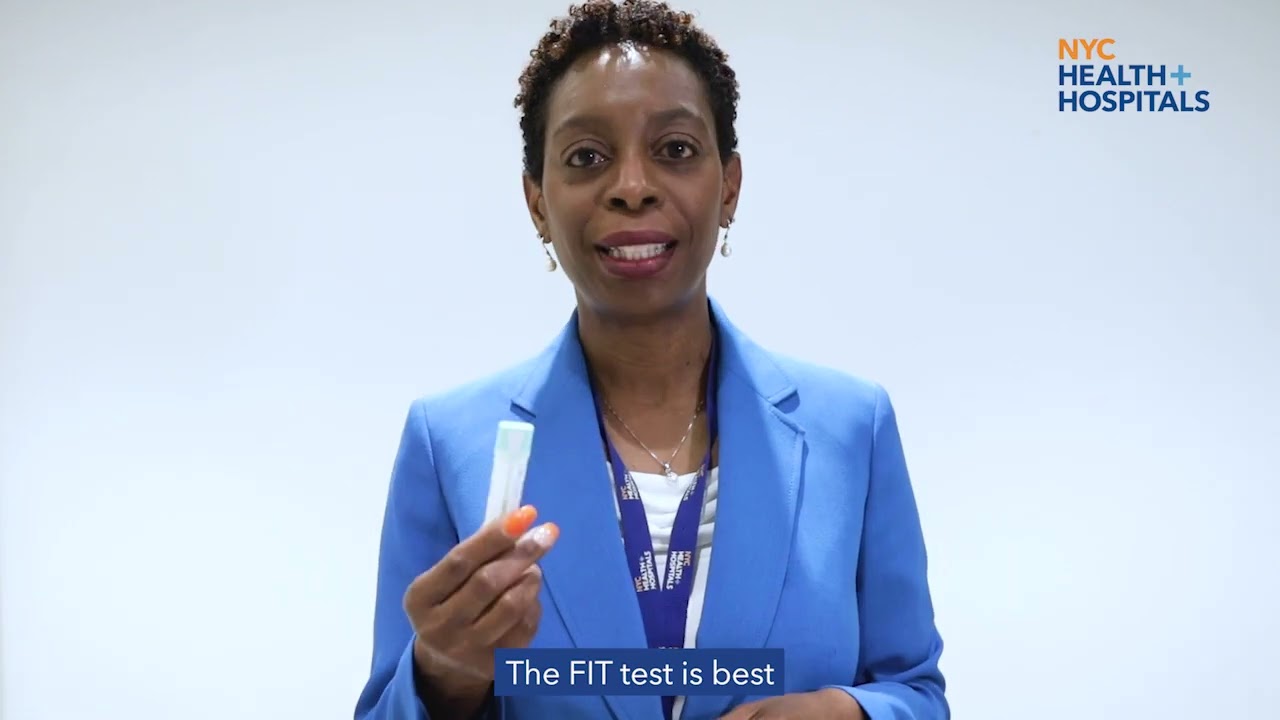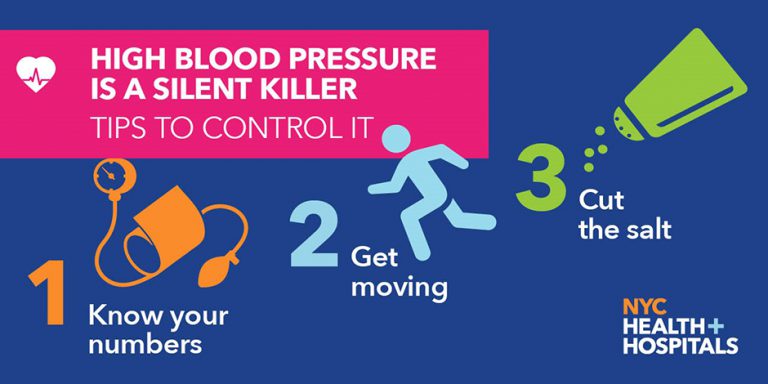What You Need to Know About Colon Cancer

Colon cancer occurs in the large intestine and is the second leading cause of death from cancer for New Yorkers.
Fortunately, routine screenings can prevent it or help find cancers early, when they are easier to treat. There are several methods of colon cancer screening.
Colonoscopies allow health care providers to detect and remove polyps—or growths—from the colon or rectum to help prevent cancer.
Another option for screening is a stool-based test called FIT. This FIT test can be done at home by collecting a stool (feces) sample using a test kit and sending the kit to a lab. A lab analysis looks for signs of blood in stool. This test requires little or no preparation and has no health risk. If the result is abnormal, you will need a follow-up colonoscopy.

Vice President, Chief Population Health Officer
Here are 6 things to know about the FIT Test
- Start at 45: Adults who are at average risk for colon cancer may use a FIT.
- Know If You’re High Risk: If you are at an increased risk of colon cancer, you may need screening early, or this test may not be right for you. Discuss your medical and family medical history with your provider before choosing a test.
Tell them if you have any of these risk factors:- A history of colon cancer or precancerous polyps
- A parent, sibling or child with colon cancer or precancerous polyps
- Familial adenomatous polyposis (FAP) or hereditary nonpolyposis colorectal cancer (HNPCC), also called Lynch syndrome
- Ulcerative colitis or Crohn’s disease
- How Often: This test is done once a year. If results are abnormal, you will need a follow-up colonoscopy soon after.
- Why It’s Important: FIT detects signs of colon and rectal cancer. It can also detect some polyps, which are growths that could become cancer later.
- Home Testing is Quick and Easy: You do this test at home. You will get a kit from your provider or in the mail with instructions about how to take a sample of stool. For example, with some tests you use the brush from the kit to brush the surface of the stool or dip the brush into the toilet water. You then touch the brush on the space indicated on the test card.
- Mail Within 24 Hours: You mail the test card to the lab for analysis or return the test to your provider’s office. Your provider will discuss the meaning of the test results with you.


